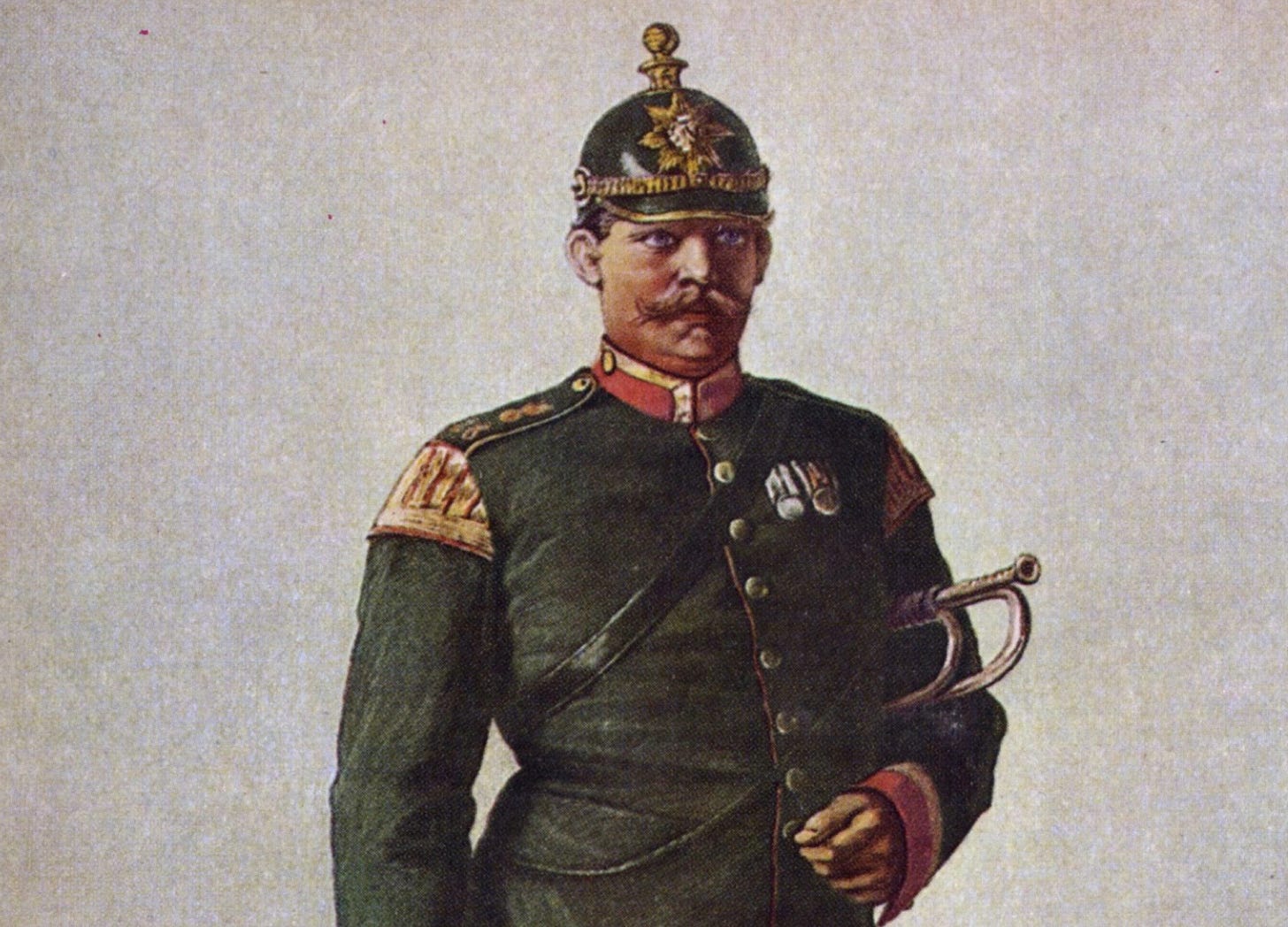Spot the Unteroffizier
An extremely short guide to the rank insignia of German armies (1871-1945)
When trying to determine the rank of a German soldier of the years between the founding of the Second Reich (1871) and the downfall of the Third (1945), the first thing to do is look at his jacket. If the collar of that garment is edged in material of a distinctive color, there is a very good chance that the soldier in question is a non-commissioned officer [Unteroffizier] of some sort. That is, when the German word for his rank is translated into English, the result will, in all likelihood, include the word ‘sergeant’.
For Further Reading:
To Share, Subscribe, or Support:







My rule of thumb for German NCOs during the World Wars when I encounter them in narratives goes roughly Private -> Gefreiter (Corporal) -> Feldwebel (Sergeant) -> Oberfeldwebel (Staff Sergeant or Warrant Officer) -> ?Stabsfeldwebel? (Sergeant Major). I know I'm missing several intermediate ranks and my sequence may not be technically correct, but it allows me to note what kind of subunit the person referenced may be in charge of and doesn't interrupt the flow of what I'm reading.